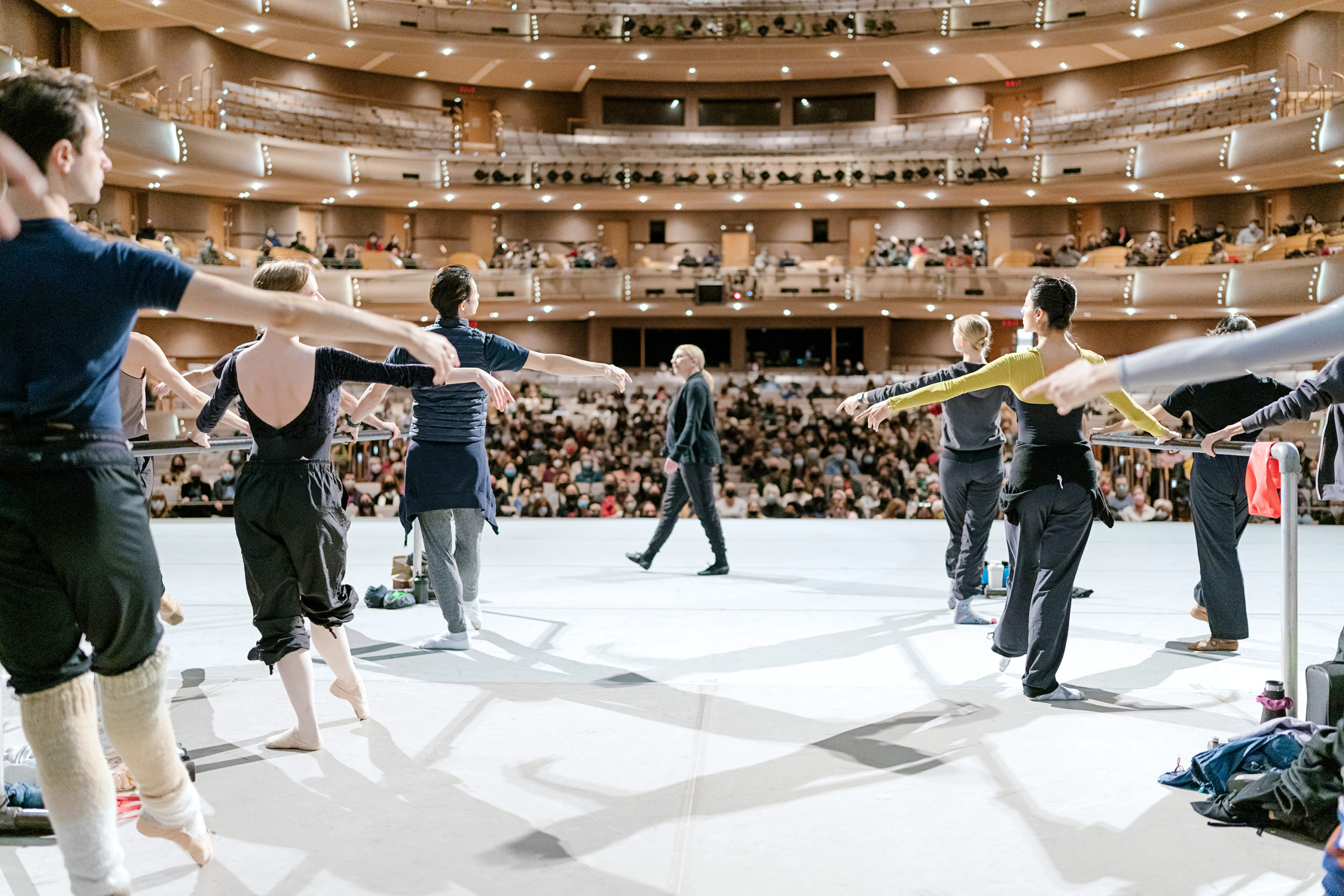American Ballet Theatre, National Ballet of Canada and San Francisco Ballet Enter New Eras With New Female Artistic Directors
Ballet companies in Toronto, New York City and San Francisco are experiencing a shift as Hope Muir, Susan Jaffe and Tamara Rojo take the reins at National Ballet of Canada, American Ballet Theatre and San Francisco Ballet. As three celebrated, longtime directors depart these companies, the entrance of women is proving that female directors are staking a firm claim in a professional terrain that has traditionally favored men.
National Ballet of Canada
Entering: Hope Muir
“If you ask any choreographer or friend I’ve known for years, they all say I’ve wanted to be an artistic director since I was 5 years old,” says Toronto native Hope Muir, age 51. And now she is, having begun her tenure as artistic director of NBoC in January 2022. Even after five years as artistic director of Charlotte Ballet and two years as assistant artistic director for the Scottish Ballet, Muir harbored self-doubts during her all-Zoom interviews for the role at NBoC. “I think like a lot of women working in dance at this level, there is a bit of the imposter syndrome—you can’t quite believe it when it happens to you,” she says. “But I’ve learned to really trust my experience and the work that I put into doing this job.”
Muir absorbed directing skills from those she worked with: Peter Schaufuss’ “tenacity and pioneering spirit” at English National Ballet; Christopher Bruce’s leadership, creativity and curatorial abracadabra at Rambert; and Christopher Hampson at the Scottish Ballet, who taught her “about the nuts and bolts of the job.”

Muir views NBoC as a hybrid company that balances classical and contemporary work that mirrors her eclectic dance career. In contemporary choreographers she looks for diverse, distinct voices with a “clarity of choreographic language,” similar to those she has engaged: David Dawson, Rena Butler and Alonzo King. She plans to continue longtime relationships with choreographers Helen Pickett, Christian Spuck, Crystal Pite and Dawson and to promote young Canadian talents, such as Ethan Colangelo and Emma Portner, and the company’s Choreographic Associates.
Recognizing the classics as essential to the company’s legacy, Muir feels a responsibility to stage both traditional and unconventionally original versions. Reaching out to new communities is vital, as is telling new stories, connecting digitally with younger people and continuing online engagement. Muir is drawn to dancers with musicality and stylistic diversity, those who are “brave in showing themselves onstage.”
The pandemic took a toll, but Muir is building NBoC back by hiring 15 new corps de ballet dancers and seven musicians. “We need to get back up to our fighting weight,” she says.
Directing NBoC, she says, is “a dream job. Everyone asks me how it’s going—I love it, I love coming to work every single day, love my dancers. This is just the best job in the world. I couldn’t be happier.”
Exiting: Karen Kain
Became artistic director of NBoC in 2005 and stepped down in 2021. Kain started her dance career with NBoC in 1969 and retired in 1997.
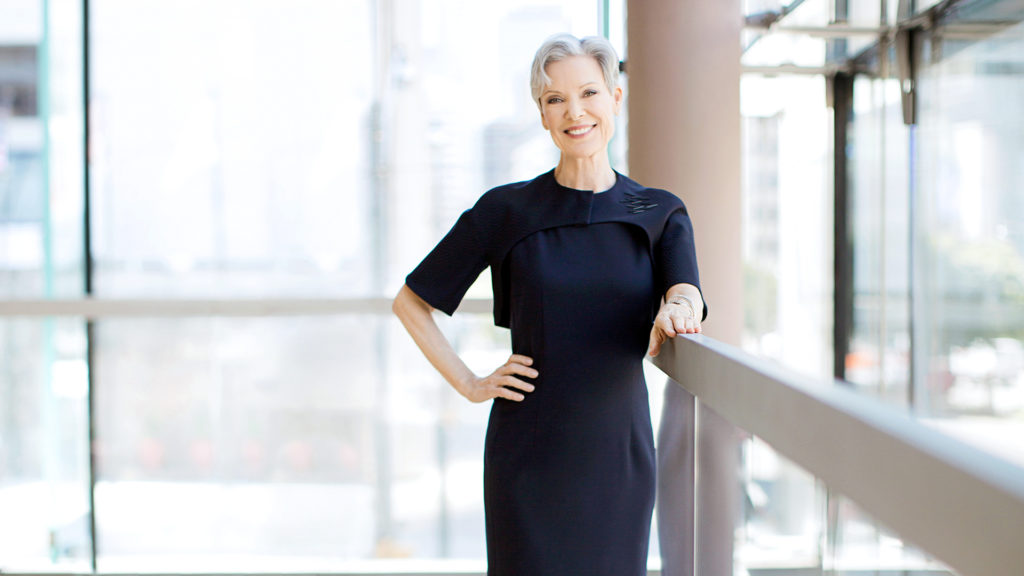
Proudest Accomplishments: Returning the company to the international stage, working with the very best Canadian and international choreographers and attracting top-notch dancers.
Most Challenging Aspect of the Job: “With so much time consumed by fundraising and planning, there are less opportunities to be in the studio,” says Kain. “You must balance what you want to do artistically with the reality of the financial pressures.” Although the pandemic delayed her retirement, NBoC presented its first digital season and continued to pay the dancers and staff through the support of donors and the Canadian government.
Regrets: None.
On Hope Muir as the New Director: “I could not be handing the reins to a more talented and capable leader,” says Kain. “I’m excited to see the new choreographic voices being introduced to the company.”
American Ballet Theatre
Entering: Susan Jaffe
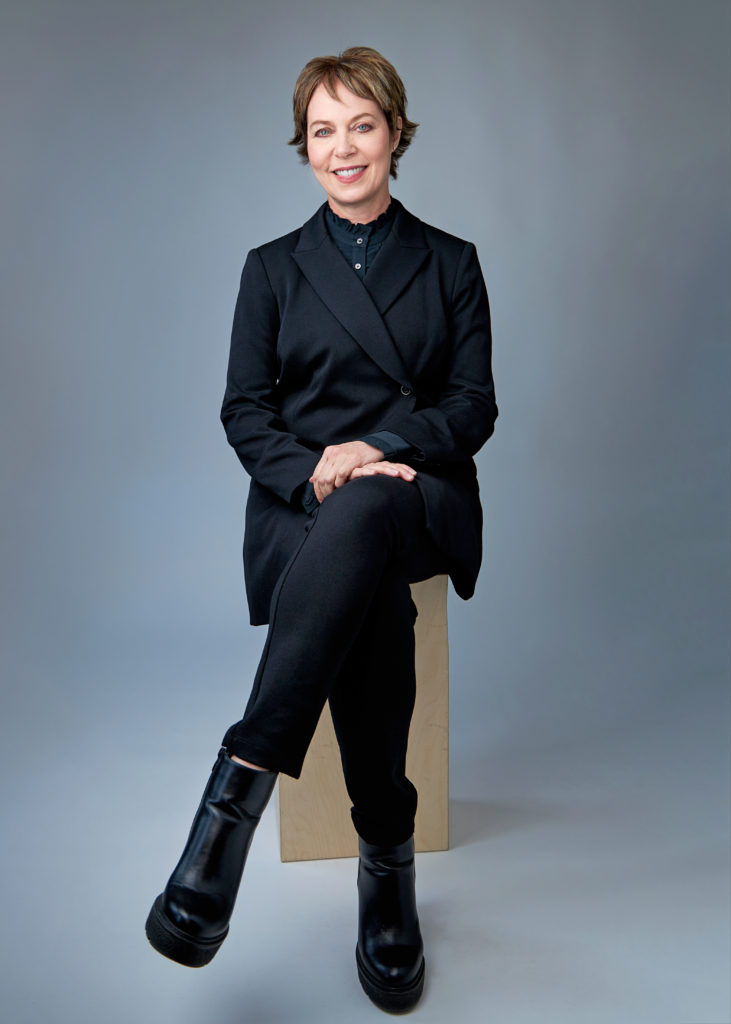
“I love this company,” says Susan Jaffe, of ABT. “It’s really my home and I’ve been there for half my life.” Jaffe has experience in most facets of the company: She danced there for 22 years, 19 as a principal dancer, then served as an advisor to the board, taught in ABT’s Jacqueline Kennedy Onassis School and worked as director of repertoire for two years. Jaffe was dean of dance at University of North Carolina School of the Arts until 2020, when she was recruited as artistic director of Pittsburgh Ballet Theatre.
At age 60, Jaffe is confident about her resumé. At UNCSA, she says, “I had to learn a lot about administration, business, fundraising and strategy. It expanded my mind as to what it really means to be an arts organization. I brought those skills with me to PBT.”
What she loves most about ABT—and why she wants to direct the company—are the story ballets, which stole her heart at a young age. “We at ABT have the capacity every year to tell these great stories,” she says. “It’s where you go when you want to be taken away through a story, where you’ll feel a lot of great emotion.” Jaffe also says she likes risk-taking in curating repertory, commissioning work from more women and artists of color, and telling new stories through contemporary ballet vocabulary. She mentions Alexei Ratmansky’s recent full-length Of Love and Rage and Christopher Wheeldon’s Like Water for Chocolate, making its North American premiere at ABT in 2023, as examples of ballets with new narratives that excite her. Jaffe wants to preserve the classics, but says “there are a few I’d like to give a facelift, give a redo,” as well as addressing cultural misappropriation in ballets like La Bayadère.
A focus on audience education, performing opportunities and digital media may count as Jaffe’s most significant departures from ABT’s current direction. “Digital programs are a place for people who’ve never seen ABT,” she says. “I’m excited to do shorter stories or ballets that are specifically for film.”
More touring, particularly bringing the ABT Studio Company to universities, would educate new audiences, through lectures and residencies. “The Studio Company and the main company could work together as we tour a city,” she says. “We’d have a longer and bigger presence.” Jaffe also envisions more repertory programs with innovative works at smaller venues like The Joyce Theater and university theaters. “It would be a good place to get a little bit more experimental than in a Met season,” she says.
And the dancers? Jaffe desires exciting performers and great movers, technically sound, clean, strong and coordinated, and comfortable dancing classical and contemporary ballets with “absolute precision, depth and musicality,” she says. “But on top of that, they have to be artists.” In short, combine the best of everything—just as Jaffe did.
Exiting: Kevin McKenzie
Leaving ABT on December 31, 2022, after 30 years as artistic director and 12 years as a principal dancer.
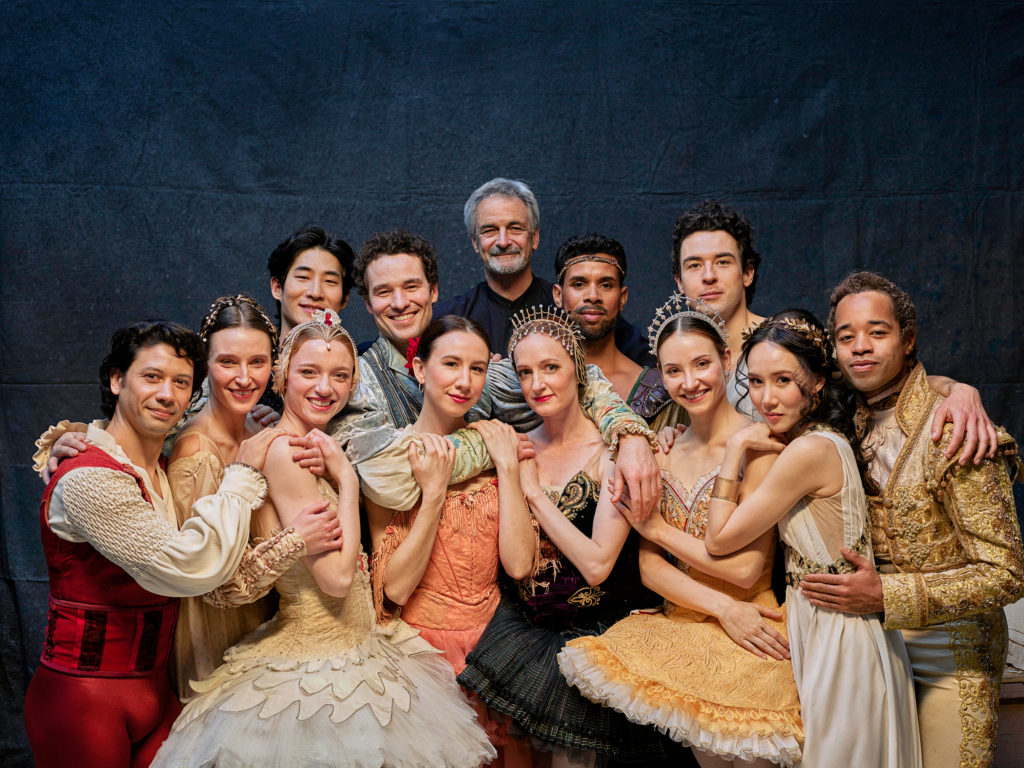
Proudest Accomplishments: Securing Ratmansky as artist in residence in 2009; overseeing the creation of the ABT JKO School with a curriculum suitable for the company’s repertory; boosting the technical proficiency and artistic level of the dancers.
Toughest Challenge: Battling with some executive directors not to downsize the company or productions in order to save money.
Regrets: “I wish that we could have had a presence in theaters all around the world in far greater numbers,” says McKenzie. “That for me is a disappointment.”
On Susan Jaffe as the Incoming Artistic Director: “You’ve got someone who had a major career as a performer, is a great teacher and coach, has experience in academia and the ballet world, has choreographed and has established relationships with choreographers,” McKenzie told The New York Times. “She worked under three directors at Ballet Theatre. It feels like the organic continuation of a line.”
San Francisco Ballet
Entering: Tamara Rojo
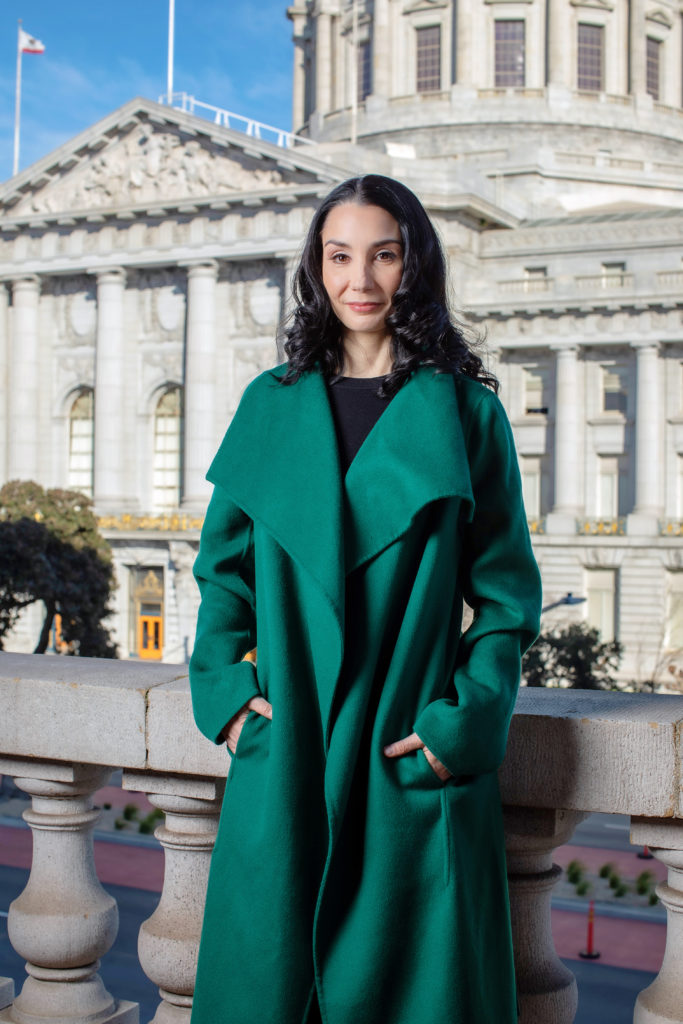
In October, Tamara Rojo bid farewell to her dancing career in Akram Khan’s Giselle with English National Ballet at the Théâtre des Champs-Elysées in Paris. On December 1, she relinquishes her role as artistic director at ENB and, 11 days later, starts as artistic director of San Francisco Ballet. Throughout the summer and fall, she has conducted both in-person and video meetings with SFB dancers and staff.
“I have achieved more than I imagined I could,” the 48-year-old Rojo says of her decade directing ENB. “When the opportunity of SFB arrived, I realized our mission is very similar—to bring the highest possible quality of dance to the widest possible audience. Helgi has consistently commissioned so many new choreographers, and I felt that was a very exciting opportunity to follow in his steps.”
Rojo has fixed her focus, as she did at ENB, on acquiring the works of female choreographers like Aszure Barton, Annabelle Lopez Ochoa and Arielle Smith (Crystal Pite is on her wish list), as well as welcoming masters like William Forsythe and Khan and young, promising American choreographers.
Mounting full-length classical ballets requires substantial investment, and Rojo prefers a hybrid approach. “Sometimes you need to balance whether you want to redo something that already exists and everybody knows,” says Rojo, “or do you want to invest those resources in new stories, new choreographers, newly commissioned scores?” She has found inspiration in the UK theater scene’s often unconventional approach to classics, allowing Shakespeare to speak to new generations; rethinking whose stories are told and what the people onstage represent as a company; and reaching out to diverse communities.
At ENB, Rojo acquired Pina Bausch’s gritty, primal Rite of Spring and would like to do similarly bold works at SFB. “I think she is an extraordinary choreographer that is not very often presented in America,” says Rojo. “There is a lot of groundwork to do in working with choreographers to get the company to understand a more European contemporary language.”
Apart from her husband, Isaac Hernández, who is returning to SFB, will she import dancers from ENB? “No, I am going to San Francisco to direct SFB,” she states. She will also not dance with the company.
Rojo encourages collaboration with her artistic team. “It takes a while to get to know and trust each other, but that’s something I would like to develop with the team at SFB. I don’t believe only one person has all the answers,” she says. “I am looking forward to getting to know the organization and starting slow so that when we run, we can run together.”
Exiting: Helgi Tomasson
Began as artistic director of SFB in 1985 after 15 years as a principal dancer with New York City Ballet. Retired as artistic director and principal choreographer in May 2022.
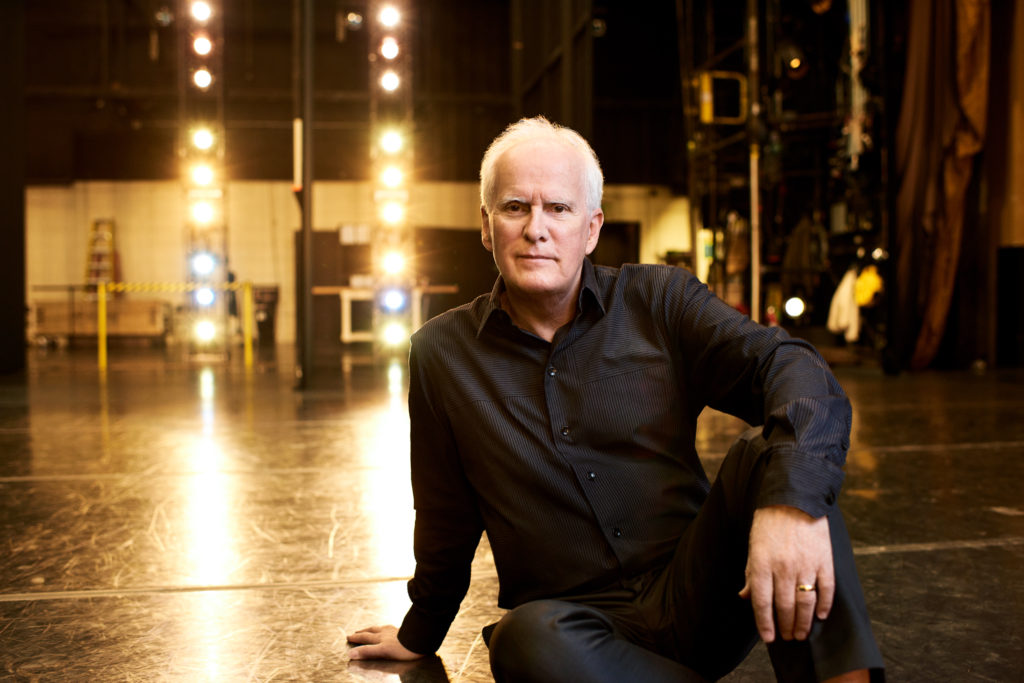
Proudest Accomplishments: Transforming SFB from a good regional troupe to a world-class company, touring to New York, Paris, Tokyo and London to show off superb dancers and repertory.
Where He Learned to Direct: “At NYCB, I saw how Mr. B did things. That sinks in,” says Tomasson. “I learned on the job what’s logical and what works, and to trust your artistic vision. From Robert Joffrey I took in a curiosity about what was possible in ballet, bringing in choreographers from the modern dance community.”
Regrets: “I felt like I had accomplished everything I set out to do, more than I ever dreamed,” he says. “But I would like to have choreographed an original full-length story ballet with a new theme.”
On Incoming Artistic Director Tamara Rojo; “She has done remarkably well with ENB. She has brought in choreographers that have enhanced the company and the dancing. I have no doubt that she will continue in that vein. She is a very smart, intelligent person and I really do think she will do well.”
